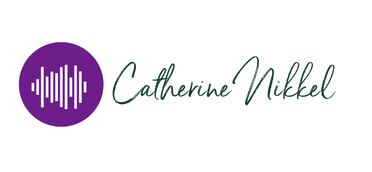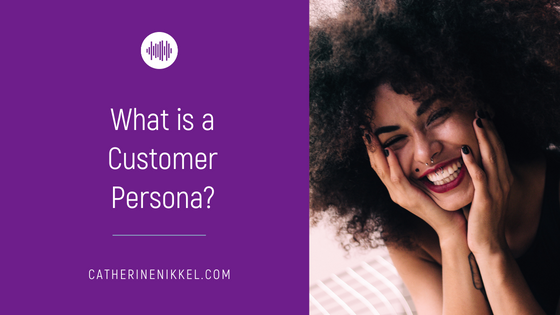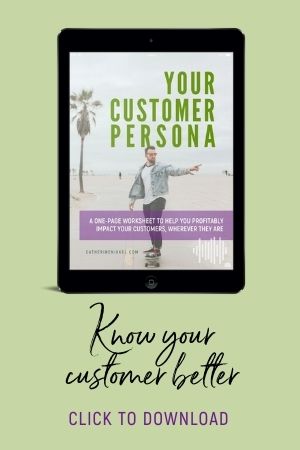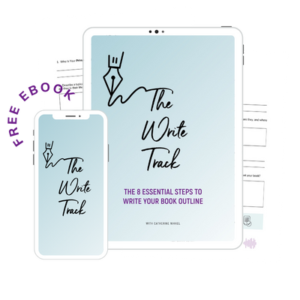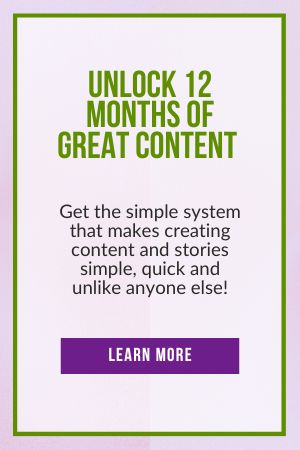Knowing your customer persona is essential to creating and building a successful brand. You want to know everything from their age, location, interests, motivations, relationship status, and more.
While that may seem weird and borderline creepy initially, in reality, it’s a must because it can help inform your marketing strategy. When you identify these different subsections (aka personas), you can categorize people based on them and develop better ways of reaching them based on their fundamental motivations.
You don’t want to treat all of your customers the same way because they each have different values, beliefs, and life circumstances. For example, a middle-aged single mom living in a suburb will have different motivations than a 20-year-old woman living in an urban centre. You can develop messaging and campaigns to target varying interests and needs by figuring out what these groups are.
When it comes down to it, building customer personas will help you focus on your key demographics, allowing you to attract better and convert more customers.
Getting Started: How to Create a Customer Persona
If you’ve never created a persona before, it can be tricky to figure out where to start. First, you don’t want to make one out of thin air. You want to dive deeply into your current customer base and determine who they are.
What are the commonalities? (Grab my Free Customer Persona Worksheet here)
Start by compiling audience data from your analytics, and hone in on the details. When creating your different personas, you’ll need to identify things such as:
- Location
- Age
- Interests
- Financial circumstance
- Key motivations
- Influences
- Status (married/single)
- Occupation
On top of that, you’ll need to consider where they’re at in your purchasing cycle and the roadblocks to them investing in your product. For example, are they easily swayed, or do they need many persuasions?
Yes, there are many things to consider — but the more specific you are, the better off you’ll be. For example, a sample profile could look something like this:
Rachel, Aged 35
- Living in Toronto, Canada
- Single
- Lawyer
- Middle class
- Likes cooking, nature walks, yoga, and wants children
- Key motivations: being respected, feeling valued, frugality, family planning
Backed by your data, come up with a few different personas that address your various audiences.
Now what?
Once you’ve defined some base personas, it’s time to target them!
Focus on where your different personas spend their time. For example, one persona might be best reached on Instagram, while others are TikTok or email. Then, focus on creating content where your personas live, which will vary based on the audience.
Once you pick your platforms, create content specific to each persona. For example, if you’re targeting the middle-aged single mom on Facebook, it should look and feel different than the content you’re creating for a different persona on TikTok.
Tune into their fundamental motivations, values, and interests to help build a relationship and draw them in.
When marketing to your personas, you want to speak their language. Do they resonate with a more relaxed tone, prefer hashtags or emojis, or video content? Use your analytics paired with your persona, and you’ll have a rockstar marketing strategy.
Resources
What type of Content Creator are you? Take the Quiz! – 4 different types of creators, which one are you?

Email: catherine@catherinenikkel.com
Need help telling your story in your own voice? Let’s make it happen. Schedule a consultation with me here
Catherine Nikkel is a content creator, ghostwriter and the founder of Mindful Media. She specializes in helping CEOs, entrepreneurs and influencers create copy that engages and converts. Her work has appeared in Forbes, Huffington Post, Yahoo!, Authority Magazine, FemFounder and more.
